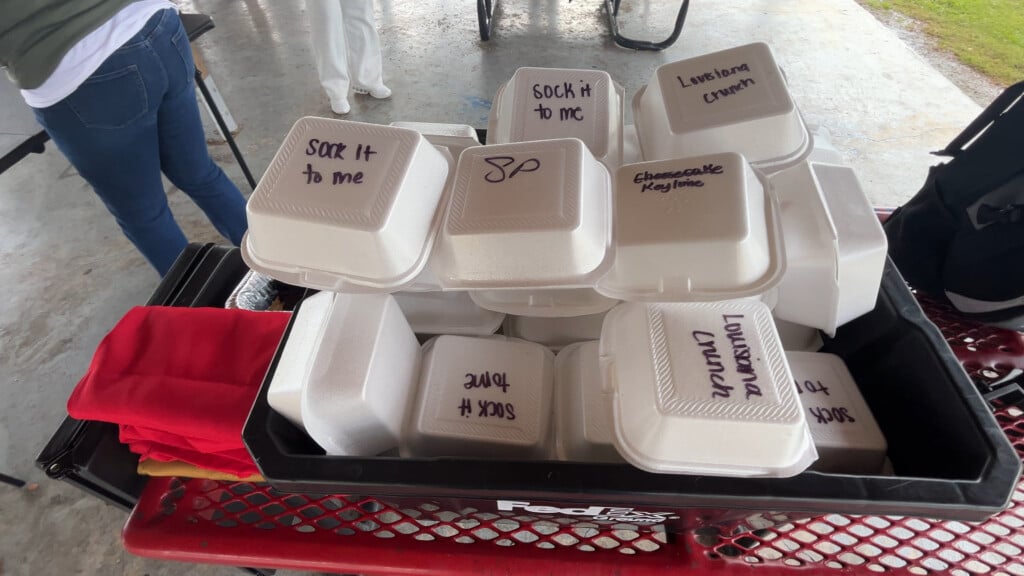Members of Congress connect with constituents while working from home
The coronavirus pandemic has roiled the American economy, with over 16 million workers filing unemployment claims in the past three weeks. Many employees who have not been fired or furloughed are working on the frontlines of the crisis, including health care workers and others providing essential services — like staffing grocery stores or driving trucks.
Millions of non-essential employees are fortunate enough to be able to work from home. These remote workers include the 535 Americans representing their constituents in Congress. Most senators and representatives have returned to their districts, while their staff in Washington also work remotely.
Important topics normally hashed out in person are now being covered over phone calls or meetings over the video conference platform Zoom. Congressman Ro Khanna, a Democrat from California, said in an interview with CBS News that he is connecting with constituents through Instagram and Facebook.
“It’s been interesting to see what are the types of things you can do remotely and what are the kinds of things that require human contact,” said Khanna. Connecting with people is a major part of a politician’s job, Khanna said, but “you can’t really do empathy remotely.”
But Khanna feels that in some ways, he’s been more informed during this tele-work period than when he’s working in Washington, since he is participating in regular conference calls with other Democratic caucus members.
According to an April 6 press release from House Democratic Caucus Chairman Hakeem Jeffries, over 99% of House Democrats participated in caucus telephone conference meetings in the final weeks of March.
The full Democratic caucus has held 14 conference call meetings since March 16, with 184 out of 240 Democratic members participating in each of the calls. According to Jeffries’ office, 235 caucus members participated in at least one caucus call since March 16, and 180 participated in at least ten calls.
But while Khanna noted that Zoom is being used for virtual meetings, senators have been cautioned against it. The Senate sergeant at arms sent a memo to senators urging them not to use Zoom, according to reporting by the Financial Times, because of concerns about security and privacy.
Meanwhile, Speaker Nancy Pelosi and House Majority Leader Kevin McCarthy have also changed the format of their weekly press conferences from in-person briefings to conference calls with reporters. The audio of Pelosi’s call is broadcast live on C-SPAN 1.
Pelosi is regularly using conference calls to communicate with members of Congress, as well as with White House officials. This week, the speaker participated in a conference call with Vice President Mike Pence and the White House coronavirus task force, her office said. She has also been conducting frequent TV interviews from her home in San Francisco, using FaceTime or Cisco Webex.
Senate Minority Leader Chuck Schumer’s penchant for conducting business on his flip phone is well known, but he, too, is adapting to working remotely. According to his office, Schumer has held or participated in several conference calls by phone, as well as video calls and TV interviews on his iPad. For the past few weeks, Senate Democrats have convened for a weekly conference call, replacing their traditional weekly lunch.
Congress is supposed to reconvene on April 20, but until then, most business will be done remotely. The Senate convened for a brief pro forma session on Thursday, but very few lawmakers were actually in attendance.
Senator Ted Cruz, a Republican from Texas, is taking advantage of his time working from home to connect with constituents remotely. This week, Cruz conducted a “tele-tour” of communities responding to the coronavirus pandemic using phone calls and video conferences. The tours included calls with organizations like the Texas Hospital Association, the Texas Trucking Association, the Houston Hispanic Chamber of Commerce, and other regional economic development councils.
In an interview with CBS News, Cruz said that he typically would go to places to meet with constituents in the wake of a natural disaster like Hurricane Harvey, but working remotely meant moving those interactions online or to the telephone.
“The responsibility is the same, but given the social distancing guidelines, it is neither feasible nor advisable to be everywhere in person,” Cruz said. “So I’m doing the same thing, but virtually.”
Cruz said he normally dedicates the morning to media interviews and spends afternoons speaking to his staff about policy and connecting with constituents. Like many other American families impacted by stay-at-home orders, Cruz, his wife and his two daughters are all inside the house during the work day.
A silver lining for Cruz has been eating lunch and dinner with his family, a rarity for a senator, as well as taking hour-long walks and playing games with his daughters after dinner. Working from home does occasionally mean interruptions while he has virtual conversations, Cruz said. During TV interviews and calls, sometimes a dog barks in the background or wayward children try to sneak into the background of his makeshift home set.
Despite the advantage of being able to log on while wearing sweatpants instead of suits, working remotely has been stressful for some congressional staffers, who are often already expected to work long hours on weekdays and weekends. A communications staffer for a House Democrat told CBS News that she’s working even more than usual, particularly because her boss is inundated by media requests about the coronavirus.
“I don’t have a clear separation of ‘this is work’ and ‘this is home.’ Everything has been both work and home,” the staffer said.
Khanna said that working remotely had made him more fully appreciate the workers who are unable to do so, such as construction workers and food delivery workers.
“There’s a stark divide in this country between those of us who can work remotely and those who can’t,” Khanna said. “My hope is that this entire crisis makes us reflect on the value and the essential nature of work that isn’t online.”





Leave a Reply